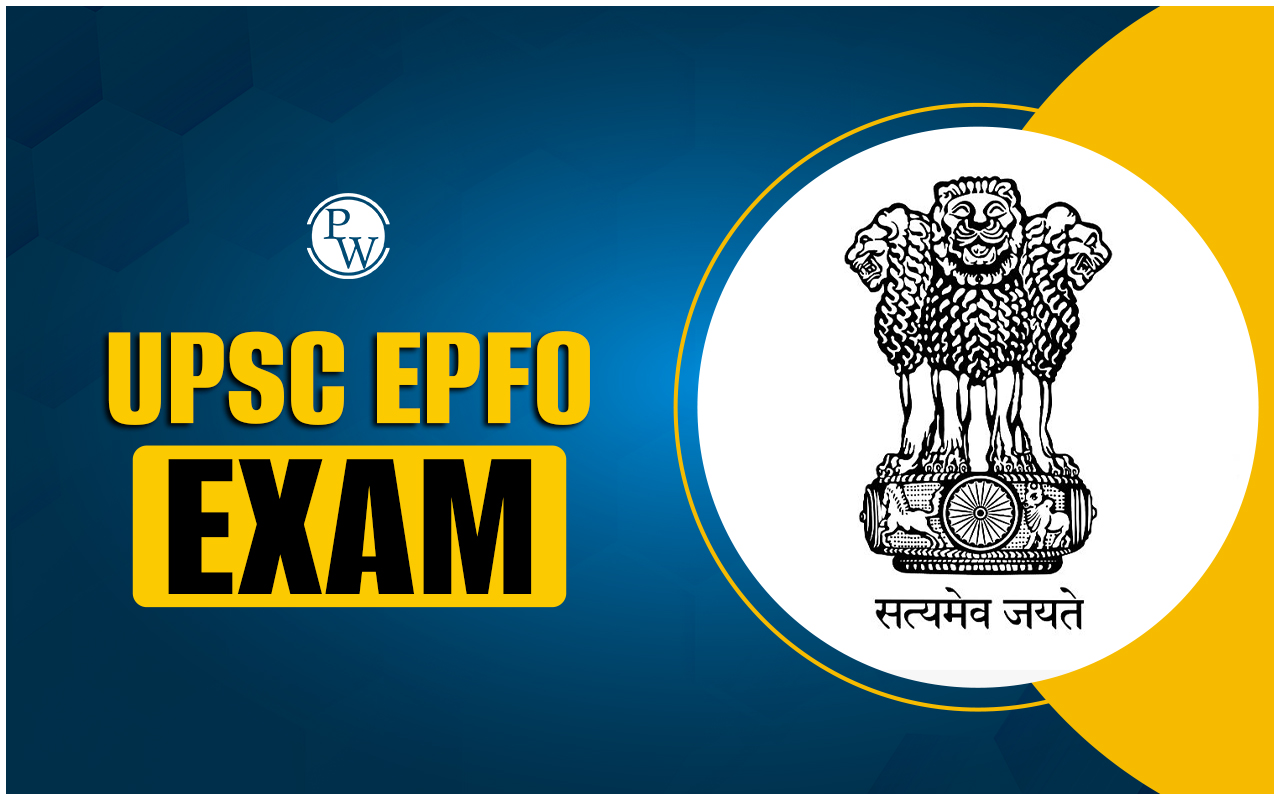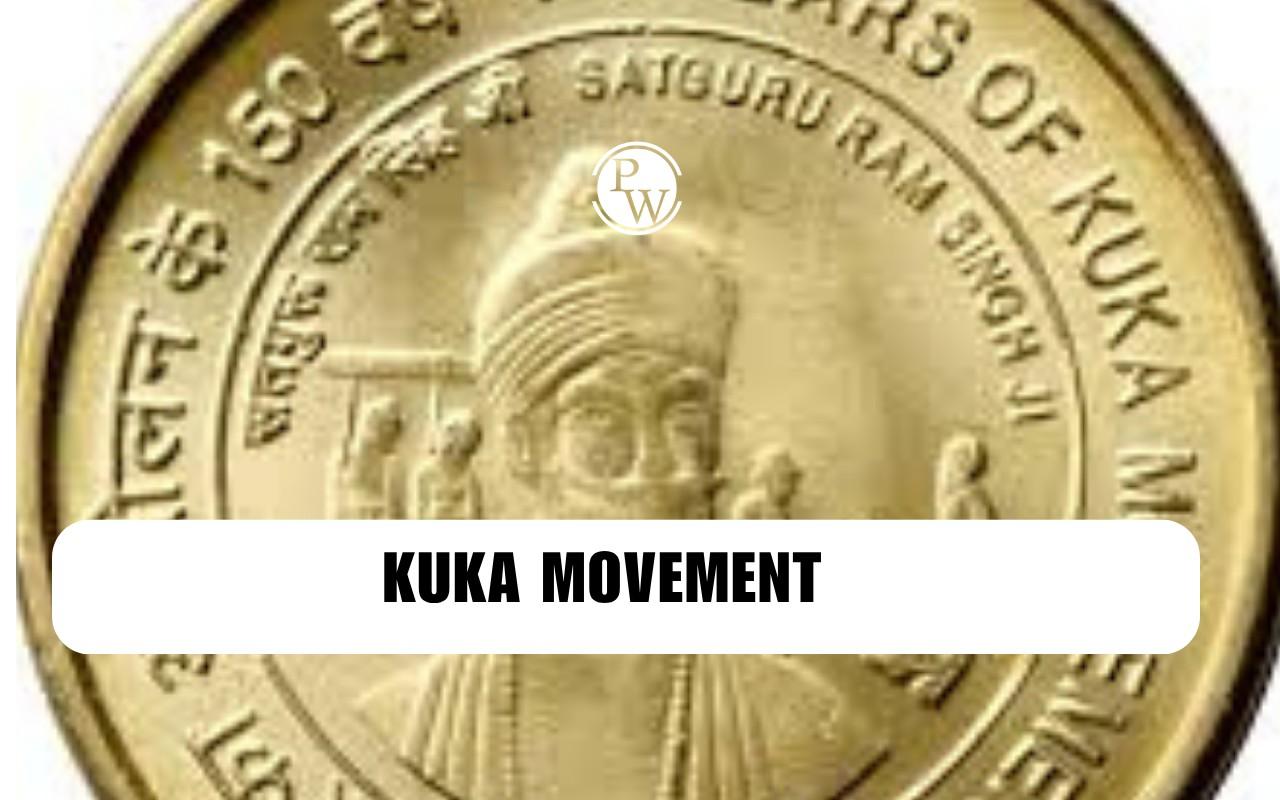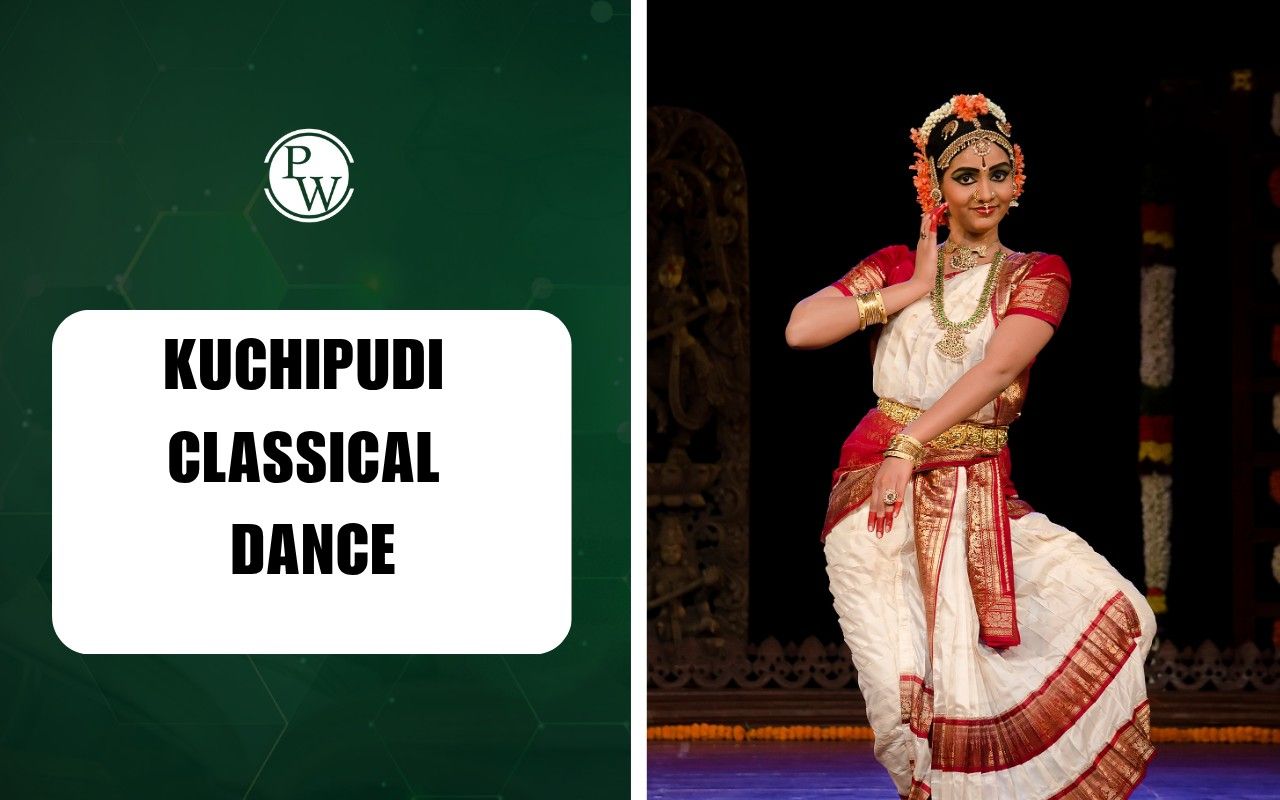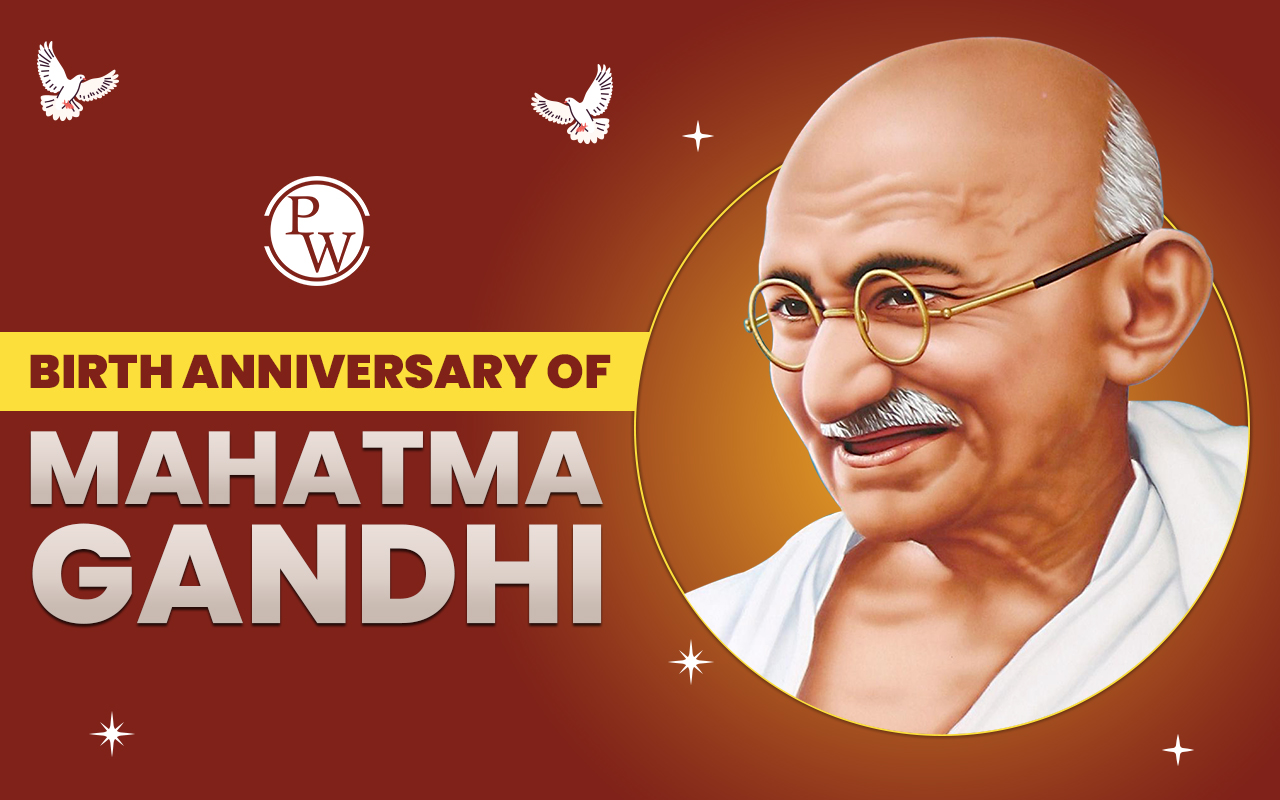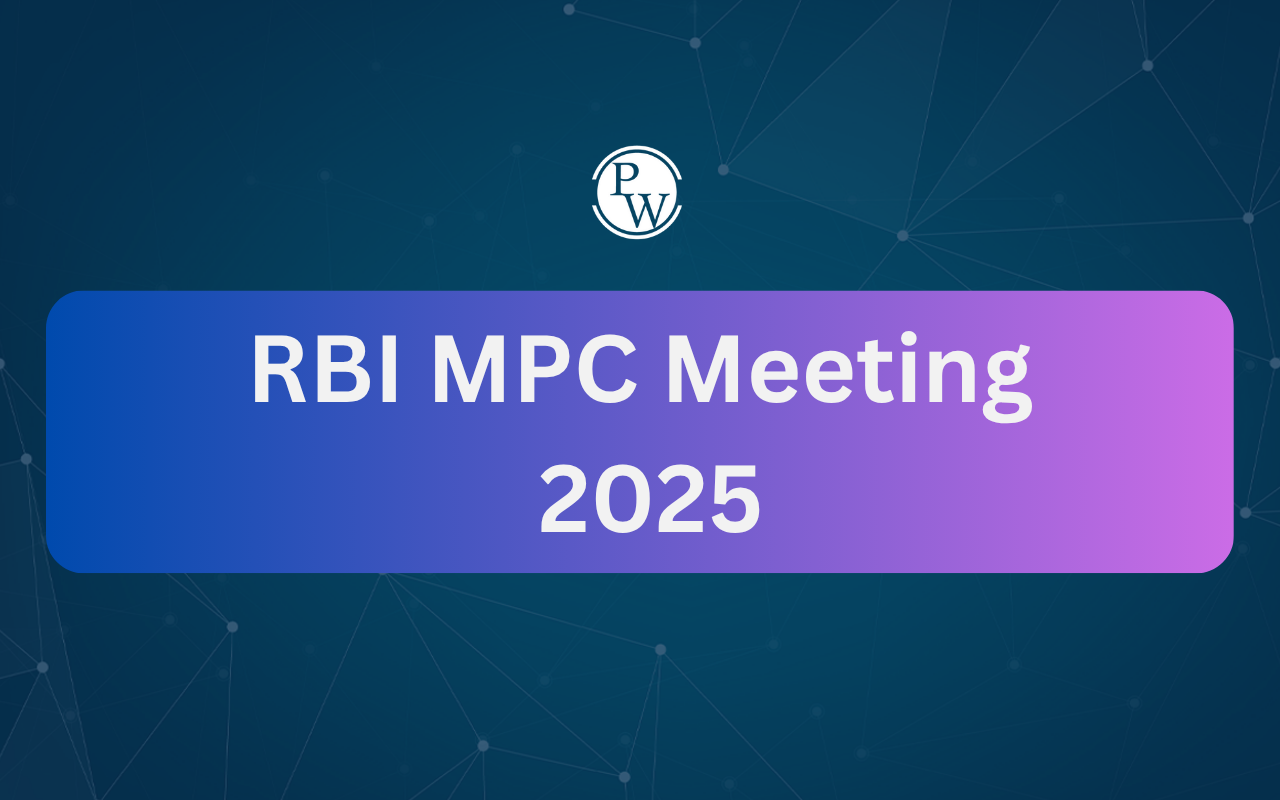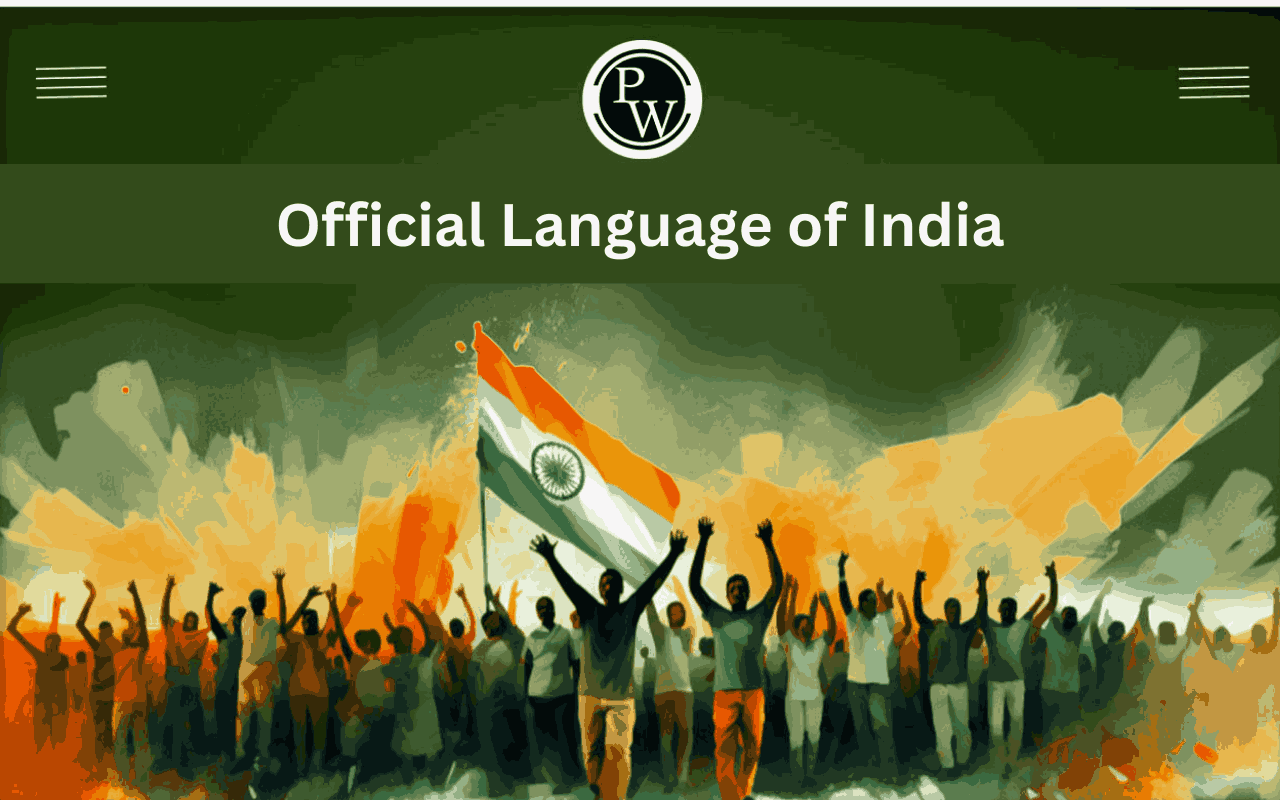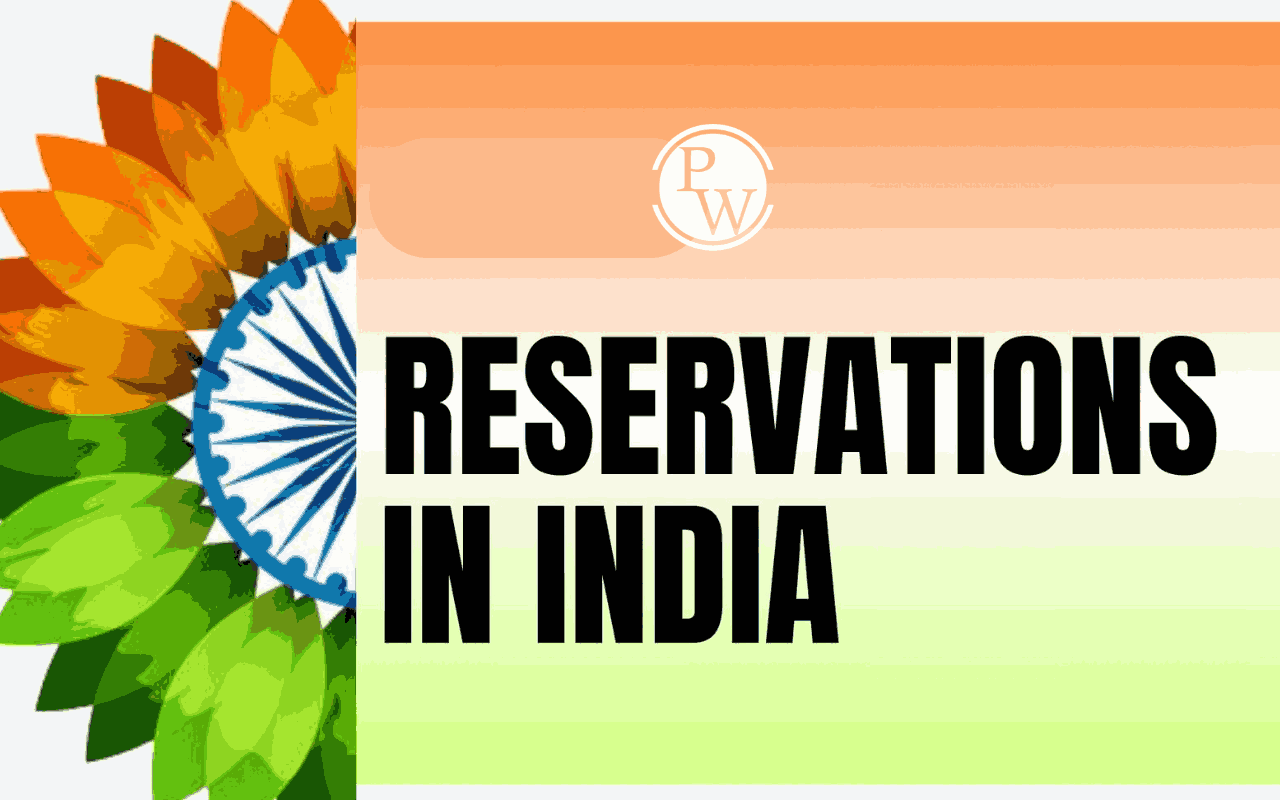

IMEC Corridor , or the India-Middle East-Europe Economic Corridor , is a transformative infrastructure initiative that was aimed at strengthening connectivity across Asia , the Middle East , and Europe . This project was officially announced during the G20 Summit on September 9, 2023 . The aim of signing this project is to facilitate smoother trade and transport networks spanning continents, integrating economies, and potentially reshaping global trade routes. This corridor holds strategic geopolitical significance and is envisioned as a cost-effective alternative to current marine routes.
Let us explore what the IMEC Corridor entails, its route, member countries, and its relevance in today’s geopolitical landscape.
What is the IMEC Corridor?
IMEC Corridor stands for India-Middle East-Europe Economic Corridor . This specific project was designed and signed to create a reliable, efficient transit network that integrates cross-border ship-to-rail transport , linking major ports and cities across India, the Arabian Peninsula, and Europe. The project comprises two main corridors :
- East Corridor : Connecting India to the Gulf region
- Northern Corridor : Connecting the Gulf to Europe
These corridors aim to establish a modern, multimodal route that will aspire to promote economic growth, increase trade accessibility, lower greenhouse emissions, and enhance supply chain security. The corridor will also include:
- Electricity and data cables for digital connectivity
- A hydrogen pipeline aimed at supporting sustainable energy initiatives
| The IMEC project is a part of the Partnership for Global Infrastructure and Investment (PGII) . PGII is a sort of partnership that reflects values-driven, high-impact, and transparent infrastructure to meet the huge infrastructure needs of low and middle-income countries. |
When was the IMEC Corridor Launched?
The IMEC was formally announced on September 9, 2023 , at the G20 Summit which was held in New Delhi. Leaders from India, the United States, Saudi Arabia, the United Arab Emirates, the European Union, France, Germany, and Italy signed a Memorandum of Understanding (MoU) while committing to the development of the IMEC showcasing a collective vision for improved connectivity and economic collaboration across three continents and offer an alternative to China’s Belt and Road Initiative (BRI).
Countries Part of the IMEC Corridor
The IMEC Corridor consists of multiple countries spanning three major regions. These include:
- India - Operating as the starting point for the corridor in South Asia.
- United Arab Emirates (UAE) - A key transit point in the Middle East, benefiting from its strategic location and modern port facilities.
- Saudi Arabia - Plays a central role in connecting the Middle East and hosting part of the route's infrastructure.
- Jordan - Facilitates land connectivity across the Middle East.
- Israel - Acts as a key location for connecting to the Mediterranean, enhancing its role in regional trade.
- Europe (Greece and Italy) - Greece and Italy will operate as entry points to the European continent, where goods can then be distributed to various parts of Europe.
Each country along the IMEC Corridor route contributes strategically located ports and other essential infrastructure which makes the project viable and efficient for international trade.
IMEC Corridor Route and Map
The IMEC Corridor route starts in India, where goods are transported via ports to the United Arab Emirates . From there, cargo passes through Saudi Arabia and continues through Jordan and Israel before reaching the Mediterranean Sea. In the final leg, it enters Europe, reaching ports in Greece or Italy .
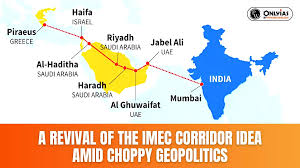
This multi-modal network encompasses sea routes, railways, and roadways , creating a seamless path for goods to travel efficiently across continents. A map of the IMEC Corridor highlights its straight, strategic trajectory which offers a shorter and faster route that bypasses the Suez Canal, thereby reducing transit time and costs.
IMEC Corridor Ports and Rail Links
The corridor connects significant ports across the Indian subcontinent, the Middle East, and Europe which simply streamlines the movement of goods. Key ports include:
- India : Mundra, Kandla, and Jawaharlal Nehru Port Trust
- Middle East : Fujairah, Jebel Ali, Abu Dhabi (UAE), and Dammam, Ras Al Khair (Saudi Arabia)
- Israel : Haifa port
- Europe : Piraeus (Greece), Messina (Italy), and Marseille (France)
The rail network supports from Fujairah in the UAE to Haifa in Israel, passing through Saudi Arabia and Jordan , ensuring efficient intercontinental transport.
Significance of the IMEC Corridor
The India-Middle East-Europe Economic Corridor stands as an economic catalyst with far-reaching effects:
- Enhanced Trade Efficiency : The corridor holds the capacity to reduce transit times by up to 40% compared to existing routes like the Suez Canal, significantly improving trade efficiency.
- Energy and Resource Access : By establishing dedicated energy routes, the corridor promises secure and stable access to essential resources, especially from the energy-rich Gulf region.
- Environmental Impact : The hydrogen pipeline connectivity and rail network aim to cut greenhouse emissions while supporting sustainability efforts globally.
- Economic Growth and Job Creation : New trade and infrastructure networks could produce industrial activity and job creation across the connected regions.
- Geopolitical Counterweight : The IMEC Corridor is widely seen as an alternative to China’s Belt and Road Initiative (BRI) , establishing a strategic counterbalance that strengthens cooperation between the U.S., Europe, and Asia.
Geopolitical Implications of the IMEC Corridor
- Thwarting China’s Influence : The IMEC is placed and seen as a counter to China’s BRI , promoting a transparent, values-driven infrastructure network that aligns with Western interests.
- Regional Integration : By connecting India and Europe via the Middle East, the corridor promotes a great level of economic and cultural integration across three major regions, while surpassing traditional geopolitical divides.
- Expanding India’s Strategic Role : The corridor helps India bypass historical challenges, like Pakistan's restriction on overland connectivity, establishing direct links to the West and strengthening its position in the Arabian Peninsula.
- Stability and Peace : IMEC’s development can potentially encourage intra-regional cooperation and stability in the Middle East, which is essential for a secure and efficient trade network.
Economic Benefits of the IMEC Corridor
- Increased Trade Volumes : With reduced transit times, the corridor can now accelerate supply chains, lower transport costs, and facilitate smoother cross-border trade flows.
- Industrial Expansion : A faster, more reliable transportation network will boost industrial growth in regions surrounding the corridor, with sectors like manufacturing, logistics, and technology expected to benefit.
- Employment Opportunities : The corridor’s infrastructure development, including ports, rail, and energy projects, will generate employment across construction, maintenance, and trade sectors.
- Special Economic Zones (SEZs) : The IMEC route is perfect for developing SEZs to attract investment, enhance manufacturing capabilities, and support local economies along the corridor.
Challenges and Considerations for the IMEC Corridor
Despite its promising vision, IMEC Corridor faces many logistical and strategic challenges, some of the most prominent are listed below:
- Logistics and Construction : Building multimodal transport routes across countries with different infrastructures requires high-level logistical planning and construction.
- Cost and Financing : Estimated development costs range between USD 3 billion and USD 8 billion . It will be critical to ensure sustainable financing and identify stakeholders for funding.
- Regulatory Harmonization : Participating nations must harmonize regulations, policies, and technical standards to ensure seamless operation.
- Potential Resistance : Egypt’s Suez Canal may face reduced traffic, raising concerns over economic impacts on the Egyptian economy, which could lead to diplomatic tensions.
IMEC Corridor a Way Forward
The successful completion of the India-Middle East-Europe Economic Corridor will depend on addressing logistical and financial challenges, promoting cooperation among diverse stakeholders, and implementing security measures to protect the route from external threats.
- Technical Standardization : Aligning technical standards across countries such as train technology, meter standards, and container specifications will enable uninterrupted, seamless connectivity.
- Securing Financing : Developing partnerships with multilateral financial institutions and engaging private investors will be essential for funding the corridor’s construction and maintenance.
- Green Practices : Emphasizing eco-friendly construction and sustainable practices will ensure the corridor’s operations contribute positively to environmental goals.
- Geopolitical Diplomacy : Maintaining diplomatic alignment with regional powers and resolving any political sensitivities, especially regarding Israel and the Gulf countries, is vital for the corridor's success.
IMEC Corridor UPSC Relevance
For UPSC aspirants, understanding the IMEC Corridor is essential for both the Geopolitics and International Relations segments of the syllabus. It highlights India’s strategic importance on the global stage and its role in multilateral diplomacy. Key aspects like IMEC countries, IMEC route, IMEC ports , and the geopolitical significance of IMEC offer insights into the new world order where multiple power blocs, led by India and supported by the U.S. and EU, collaborate to create a balanced, multipolar world.
Conclusion
The IMEC Corridor represents a visionary step towards redefined global trade, economic integration, and regional collaboration. With strong commitments from India, Europe, the Middle East, and the U.S. , the project promises to establish a resilient network that promotes trade, economic growth, and geopolitical balance. By effectively addressing logistical, regulatory, and financial hurdles, the IMEC could become a groundbreaking model of cross-continental connectivity that benefits all nations involved and reshapes global trade for the better.
Ready to take the next step in your UPSC journey? Enroll in our comprehensive course today and avail right guidance, essential resources, and personalized support to qualify for your exam
| UPSC Related Articles | ||
| UPSC Prelims Questions | NCERT for UPSC Exam 2025 | UPSC Mains Admit Card |
| UPSC Mains Exam Pattern | UPSC Scholarship Test | UPSC Result |
IMEC Corridor FAQs
Q1. Which countries are part of the IMEC corridor?
Q.2 What is the significance of the IMEC corridor?
Q.3 Who proposed the IMEC corridor?
Q.4 What are the major routes in the IMEC corridor?
Q5. How does the IMEC corridor benefit India?
Q.6 What challenges does the IMEC corridor face?

